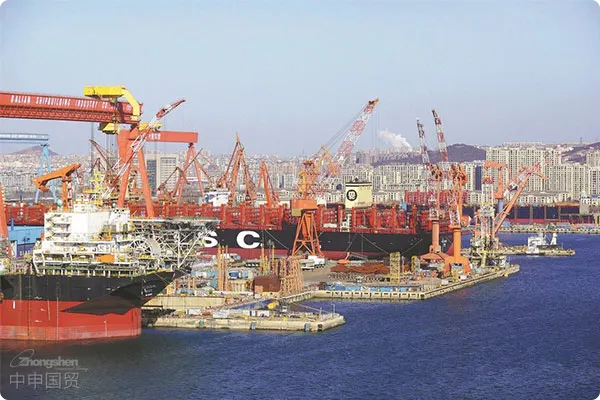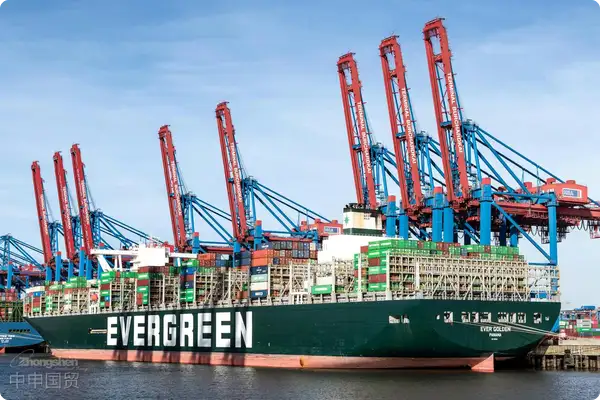- Shanghai Zhongshen International Trade Co., Ltd. - Two decades of trade agency expertise.
- Service Hotline: 139 1787 2118

Strategic Value Positioning of PVT Agent Services
In international equipment procurement, the PVT (Procurement-Verification-Transportation) agent model has become a key mechanism for mitigating trade risks. The implementation of the 2025 revised Electromechanical Product Import Management Measures has reduced the average customs clearance verification period from 15 working days to 8 working days, but technical parameter verification standards have increased by 40%. This requires agent service providers to possess stronger technical interpretation capabilities.
Professional PVT Service Provider Competency Matrix
When selecting an import equipment agent, focus on evaluating the following core competencies:
- Technical document processing capability
- EU CE certification document conversion efficiency
- Depth of interpretation of US FDA technical clauses
- Tariff optimization implementation paths
- 2025 Specificequipment. For example, Indonesia has the SNI certification, Thailand has the TISI certification, and the Philippines has the BPS certification. It is necessary to confirm in advance the equipment voltage (such as 380V/50Hz in Thailand), the compatibility of the CE certification, and the proof of environmentally friendly materials.Application of provisional tax rates
- Design of cross - border VAT deferral solutions
- Emergency response timeliness
- Customs AEO certification exception handling channels
- Green channel for electromechanical product return and repair
Four-Dimensional Model for Agent Service Provider Selection
Based on empirical analysis of 200+ corporate service cases, the following evaluation system is recommended:
- Compliance Foundation Layer: Customs credit rating + foreign exchange management qualifications
- Technical Support Layer: Number of registered engineers + testing equipment configuration
- Cost Control Layer: Historical tariff dispute win rate + logistics compensation standards
- Value-added service layer: Equipment debugging localization support + technical training system
2025 Agent Service New Trend Response
In response to the new requirements of the Cross-border Electromechanical Product Traceability Management Measures, high-quality PVT service providers should possess:
- Traceability data chain construction capability (complete data chain from manufacturer to end-user)
- Smart customs system integration capability (real-time API interaction with the Customs Single Window)
- Multi-country technical standard conversion capability (supporting mutual recognition of certifications in China, US, EU, and Japan)
The Golden 72-Hour Risk Prevention Mechanism
The 72 hours after equipment arrival at port are a high-risk period. Professional agents should establish:
- 24-hour emergency response team: Handling sudden inspection orders
- 48-hour technical evidence submission window: Addressing parameter compliance challenges
- 72-hour logistics buffer solution: Preventing additional charges from port delays
Selecting an import equipment PVT agent essentially builds a safety net for cross-border technology trade. Against the backdrop of global supply chain restructuring in 2025, companies should focus on evaluating agentsTechnical compliance interpretation capability,Dynamic risk management capabilityandEnd-to-end cost control capability, which directly impacts equipment introduction success rates and overall cost-effectiveness.
Related Recommendations
? 2025. All Rights Reserved. Shanghai ICP No. 2023007705-2  PSB Record: Shanghai No.31011502009912
PSB Record: Shanghai No.31011502009912










